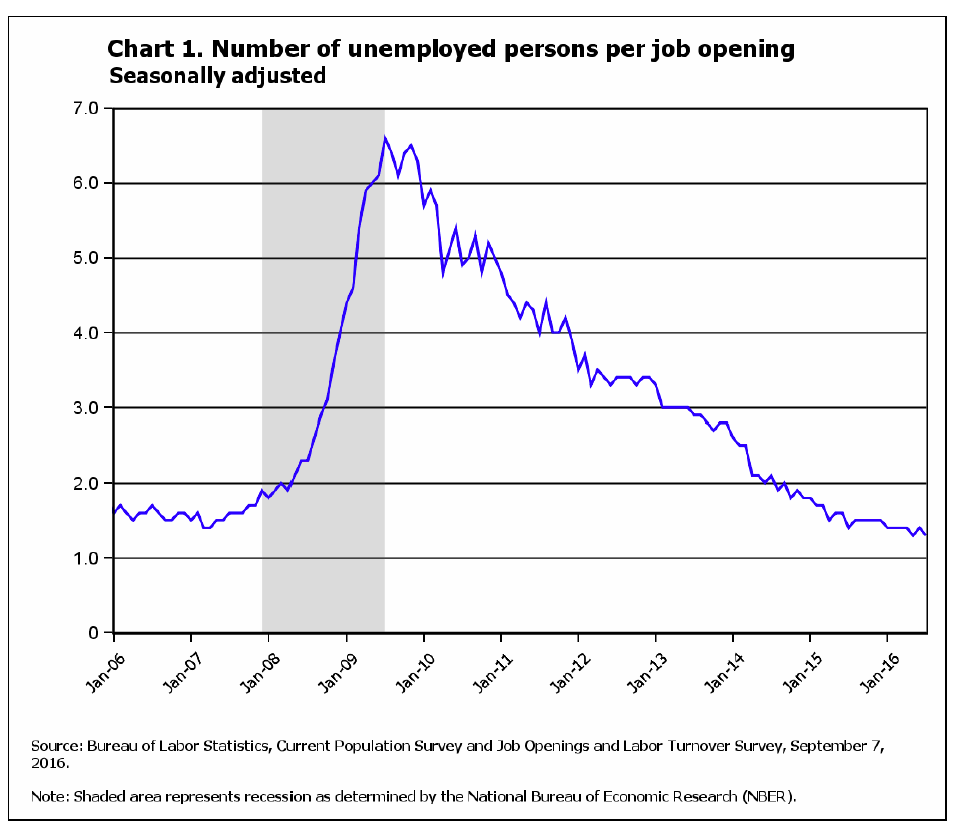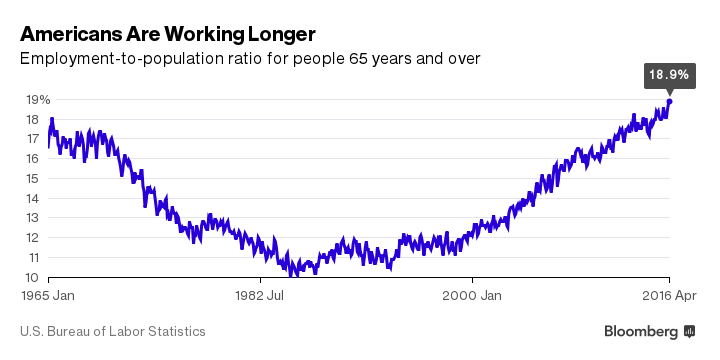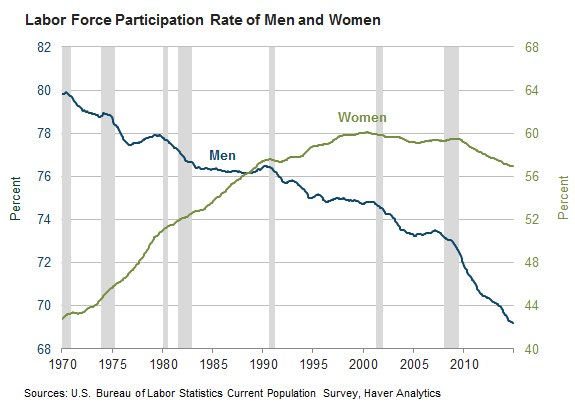CHART OF THE DAY: There's almost no one left to fill your open jobs
I am an absolute mark for big picture labor market data. And the best, most interesting regular look at labor market data os the Bureau of Labor Statistics monthly Job Openings and Labor Turnover Survey report, better known as the JOLTS report.
Federal Reserve Chair Janet Yellen has stated that the JOLTS report is one of the most important data sets she relies on when pondering the Fed's decisions on monetary policy, and if the JOLTS is good enough for J-Yell then you had better believe the rest of us should be paying attention to it as well.
For today's Chart of the Day, take a look at what's happening with the ratio of unemployed persons to current job openings - a fixture of the JOLTS data. First the chart, then some comments from me after the data.

Some quick thoughts on the data:
1. When the most recent recession began (December 2007), the number of unemployed persons per job opening was 1.9. The ratio peaked at 6.6 unemployed persons per job opening in July 2009 and has trended downward since. The ratio at the end of July was 1.3 unemployed persons per job opening. This represents the all-time low in the ratio since it has been calculated by the BLS.
2. In addition, the very same JOLTS report shows that the denominator of the ratio, the number of current job openings in the US is also at a record level, hitting 5.9 million at the end of July.
3. This data reminds us that it is both a great and terrible time to be in recruiting/talent acquisition. Let's start with the terrible part. For lots of jobs and locations there simply are not enough (qualified for sure), candidates to form an adequate pipeline for the roles you need to fill. There are fewer unemployed persons overall, workforce participation rates remain really low by historical standards, (a subject to its own), and lots of people with desirable skills are coming to terms with their power and negotiating leverage in the market. When you have to pry someone away from the job they already have, that gives a little bit of power to the person that in worse economic times they would not enjoy.
The good news is that the same JOLTS report that shows the ratio of unemployed persons per job opening is at an all-time low, also shows that the 'Quits' rate, i.e., the percentage of workers who are voluntarily leaving their jobs continues to trend upward - hitting 2.0% in July, which equates to about 2 million quits. In other words, workers continue to express confidence in the labor market and willingness, (almost at a pre-recession rate), to quit the job they have now, to (in theory), take the job you are trying to fill. If you can make a compelling offer, chances are at least decent you can pry someone out of where they are now to take it. And you may have to as the unemployed/jobs ratio continues to fall, and nothing seems to be significantly moving the needle to entice more people back into the workforce who are currently on the sidelines.
There is plenty more in the report, but I think you get the idea and I will leave it to you to dig in more. The JOLTS report should be your monthly must-read if you are interested at all in what is happening at a macro-level in the US labor market. Bookmark this page and thank me later.
Have a great weekend!

 Steve
Steve



